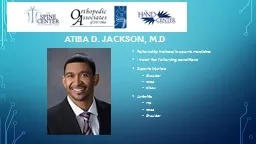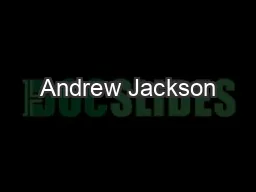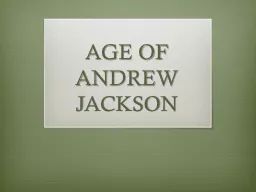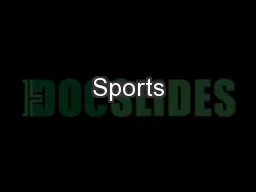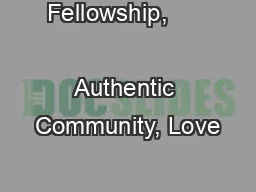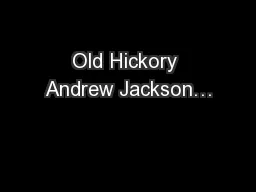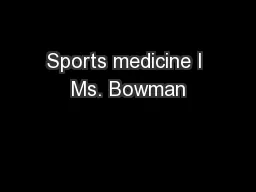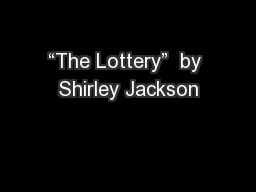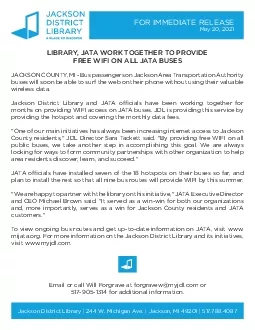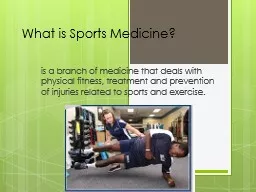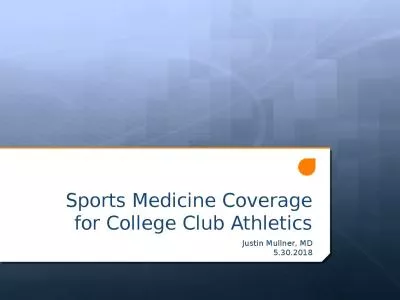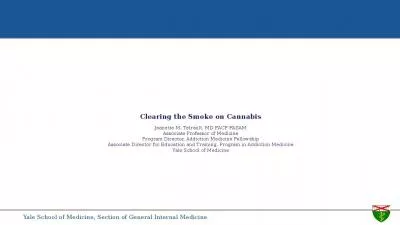PPT-Atiba D. Jackson, M.D Fellowship trained in sports medicine
Author : jane-oiler | Published Date : 2018-10-20
I treat the following conditions Sports injuries Shoulder Knee Elbow Arthritis Hip Knee Shoulder Knee pain and treatment options Atiba Jackson Md Knee Injuries
Presentation Embed Code
Download Presentation
Download Presentation The PPT/PDF document "Atiba D. Jackson, M.D Fellowship trained..." is the property of its rightful owner. Permission is granted to download and print the materials on this website for personal, non-commercial use only, and to display it on your personal computer provided you do not modify the materials and that you retain all copyright notices contained in the materials. By downloading content from our website, you accept the terms of this agreement.
Atiba D. Jackson, M.D Fellowship trained in sports medicine: Transcript
Download Rules Of Document
"Atiba D. Jackson, M.D Fellowship trained in sports medicine"The content belongs to its owner. You may download and print it for personal use, without modification, and keep all copyright notices. By downloading, you agree to these terms.
Related Documents

